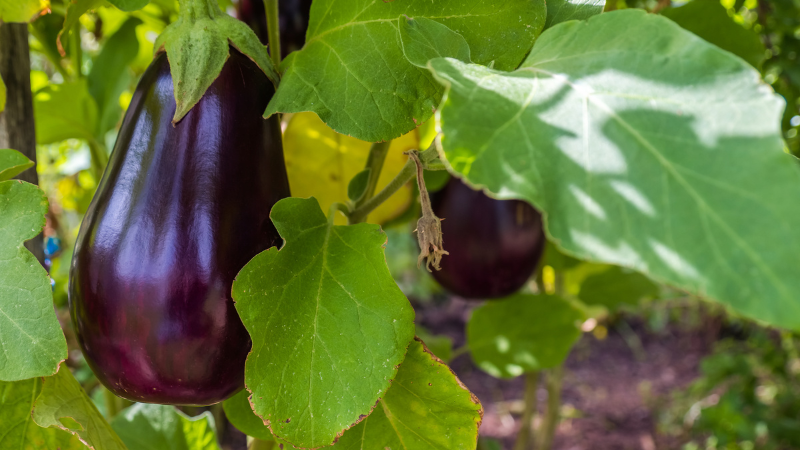By Albert Makendenge
Some parts of the country have witnessed frequent rainfall activity in the past couple of days and under such rainy conditions, brinjals also known as eggplants or aubergines, would be one of the crops to consider and below are some tips on how to produce it.
Soil requirements
Eggplants grow best in well-drained sandy loam or loam soil that is fairly fertile through well-rotted manure/organic matter or a general fertilizer. The soil pH should not be higher than 5.5 to 6.0 for better growth and development.
Climatic requirements
Brinjals are a warm season crop that requires a long warm growing season and does not tolerate frost or cold conditions (temperatures below 17oC to be specific) which tend to inhibit growth and development.
Planting
August or September stands out as the best time to start the production of eggplants. Seeds are planted at a depth of 0.6cm with an in-row spacing of 45cm in rows that are 75cm apart.
Fertilization
A 5-10-5 fertilizer or any other fertilizer close to it can be mixed with the soil in the bed about a week before planting and the soil supplied regularly with nitrogen and phosphorus throughout the growing season (especially at the critical flowering and fruiting stages).
Watering and irrigation
It is recommended to water eggplants deeply and infrequently (50mm of moisture per week) through the use of drip irrigation if possible.
Flowering
Flowers should appear after 3 months and fruits (usually dark purple in color) should develop after around 50 to 60 days.
Pests, weeds and diseases
Aphids, armyworms and whiteflies are some of the pests to watch out for whilst leaf blight, leaf roll and blossom end rot are some of the diseases. Depending on the need, hand hoeing or hand pulling is generally necessary once a month to reduce competition with plants
Harvesting
Depending on weather, variety and several other dynamics, it takes about 100 to 120 days from seeding to harvesting, which should be done when the inner flesh is cream colored, fruits are firm and before seeds are visible.

